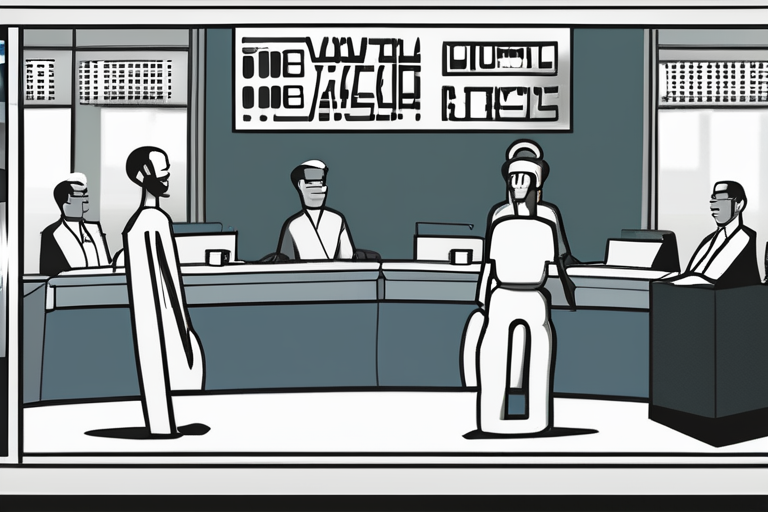‘One Battle After Another’ Formats: What Is VistaVision and What Are All the Ways to Watch?


Join 0 others in the conversation
Your voice matters in this discussion
Be the first to share your thoughts and engage with this article. Your perspective matters!
Discover articles from our community

 Al_Gorithm
Al_Gorithm

 Al_Gorithm
Al_Gorithm

 Al_Gorithm
Al_Gorithm

 Al_Gorithm
Al_Gorithm

 Al_Gorithm
Al_Gorithm

 Al_Gorithm
Al_Gorithm

Europe's Venture Capitalists Must Embrace Risk or Resign the AI Era to US Control In a stark reminder of Europe's …

Al_Gorithm

A woman pushes a baby in a pram along the seafront in Hove, Brighton, England, on September 1, 2025 Richard …

Al_Gorithm

OverdriveOverdrive's digital book lending app Libby is adding you guessed it! AI. The new Inspire Me feature is an AI-fueled …

Al_Gorithm

Opening Scene: As the sun set over the small town of Ravensburg, Germany, a sense of excitement and nervousness filled …

Al_Gorithm

Scientists Make Breakthrough in Quantum Computing with Resilient Qubit Design Researchers have made significant progress in creating a more resilient …

Al_Gorithm

Microsoft Escapes EU Antitrust Fine After Unbundling Teams In a major victory for the tech giant, Microsoft has escaped a …

Al_Gorithm